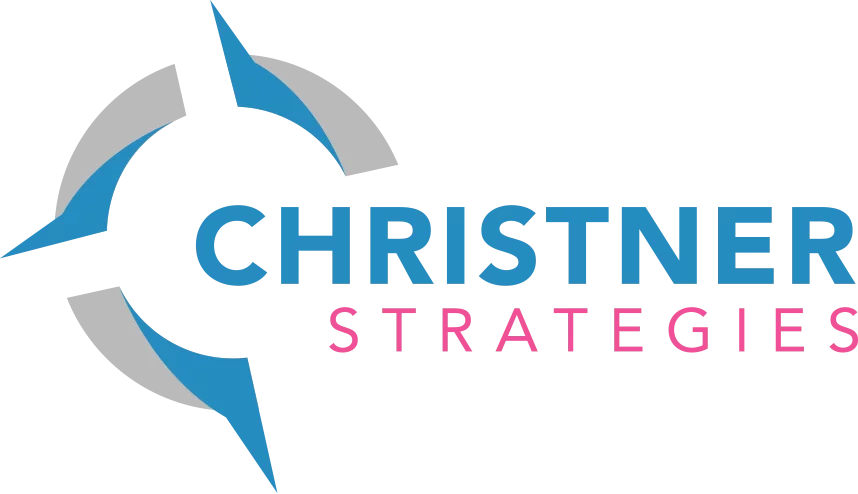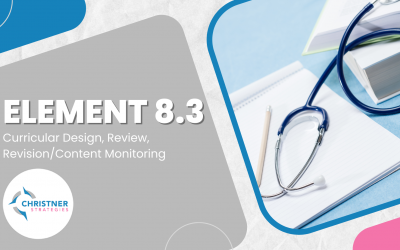LCME Element 8.6 – Monitoring of Completion of Required Clinical Experiences
A medical school has in place a system with central oversight that monitors and ensures completion by all medical students of required clinical experiences in the medical education program and remedies any identified gaps.
Hidden Curriculum
Element 8.6 is predicated on Element 6.2 Required Clinical Experiences, which states, “The faculty of a medical school define the types of patients and clinical conditions that medical students are required to encounter, the skills to be performed by medical students, the appropriate clinical settings for these experiences, and the expected levels of medical student responsibility.” As a first step, ensure your program has constructed a set of clinical conditions and experiences that represents all core clinical disciplines and patient settings. In fact, Element 6.2 is worth its own post! Element 8.6 is centered on a program’s central system to monitor a student’s completion of Element 6.2. The LCME is looking at a school’s system and resources to 1) support students’ documentation of progress, 2) provide alternative methods for incomplete clinical items and track their rates of use, and 3) enable data collection for evaluation. In short, Element 8.6 demonstrates that a school is accomplishing Element 6.2.
Best Practices
Begin with the end in mind by reading the DCI questions for this element, which have informed the following recommendations.
Adopt a centralized instrument for all students to log their progress. Avoid allowing each individual course or regional campus to develop and manage a system, otherwise data aggregation will be flawed and painful. Your centralized system must also be capable of disaggregating data by course and regional campus (when applicable), as well as tracking the completion of clinical log items via alternative means.
This element involves a lot of tasks, especially for the students. Clearly identify the individuals and their responsibilities for compliance. Students should receive information at the time of orientation for the core clinical curriculum coupled with ongoing reminders. Midpoint feedback provides a good platform for course directors to review individual student progress and provide targeted support. It is ideal for course directors to take ownership of their portion of the clinical log to ensure that students do not progress to the next course with accumulated gaps. Plus, it is the neighborly thing to do for fellow course directors.
Before the conclusion of the course/quarter/trimester, determine who will pull data to identify students in need of an alternative method for an outstanding clinical item. It is most efficient to rely on course staff to monitor midway and prior to the course being over so that they can follow up with students, and track completion through alternative methods. It is also necessary to closely work with centralized staff to pull these overall data for regular program evaluation. The DCI specifically asks that programs list clinical encounters or skills where “more than 20% of the cases in aggregate or at a particular site” needed to be satisfied with alternate methods. A single, centralized responsible party for data collection can make this leg of the journey a lot easier.
Continuous Quality Improvement
The LCME has shared two common pitfalls related to CQI for this element: 1) there is no evidence that data are being monitored and acted upon centrally and 2) data show persistent gaps but no corrective action. To avoid site visit woes, set up a collection of metrics where you can slice and dice the data in different ways. Metrics for this element should include:
- The completion rate for each clinical log item by course, regional campus, and whole program.
- The percentage of students who completed a clinical log item via an alternative method by course, regional campus, and whole program.
The metrics should be a standing part of annual course and phase evaluations because they reveal any patterns in completion rates that necessitate action. A school’s subcommittee for the core clinical curriculum should not wait until the year’s end to review the data. Rather, it should monitor the metrics at logical intervals, be it on a quarter or trimester basis. During the annual phase evaluation, the subcommittee must take a holistic view to determine if any changes to the clinical log are warranted, and then elevate data and recommendations to the curriculum committee for review and approval. This process needs to be recorded in the meeting minutes to ratify the continuous quality improvement process has been followed and acted upon.




0 Comments